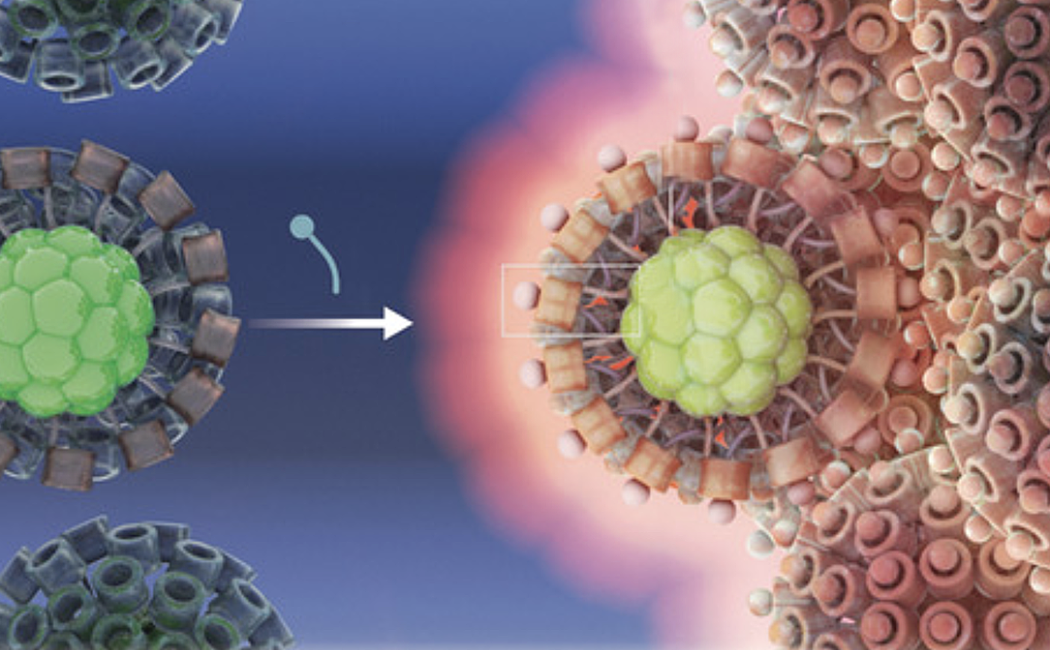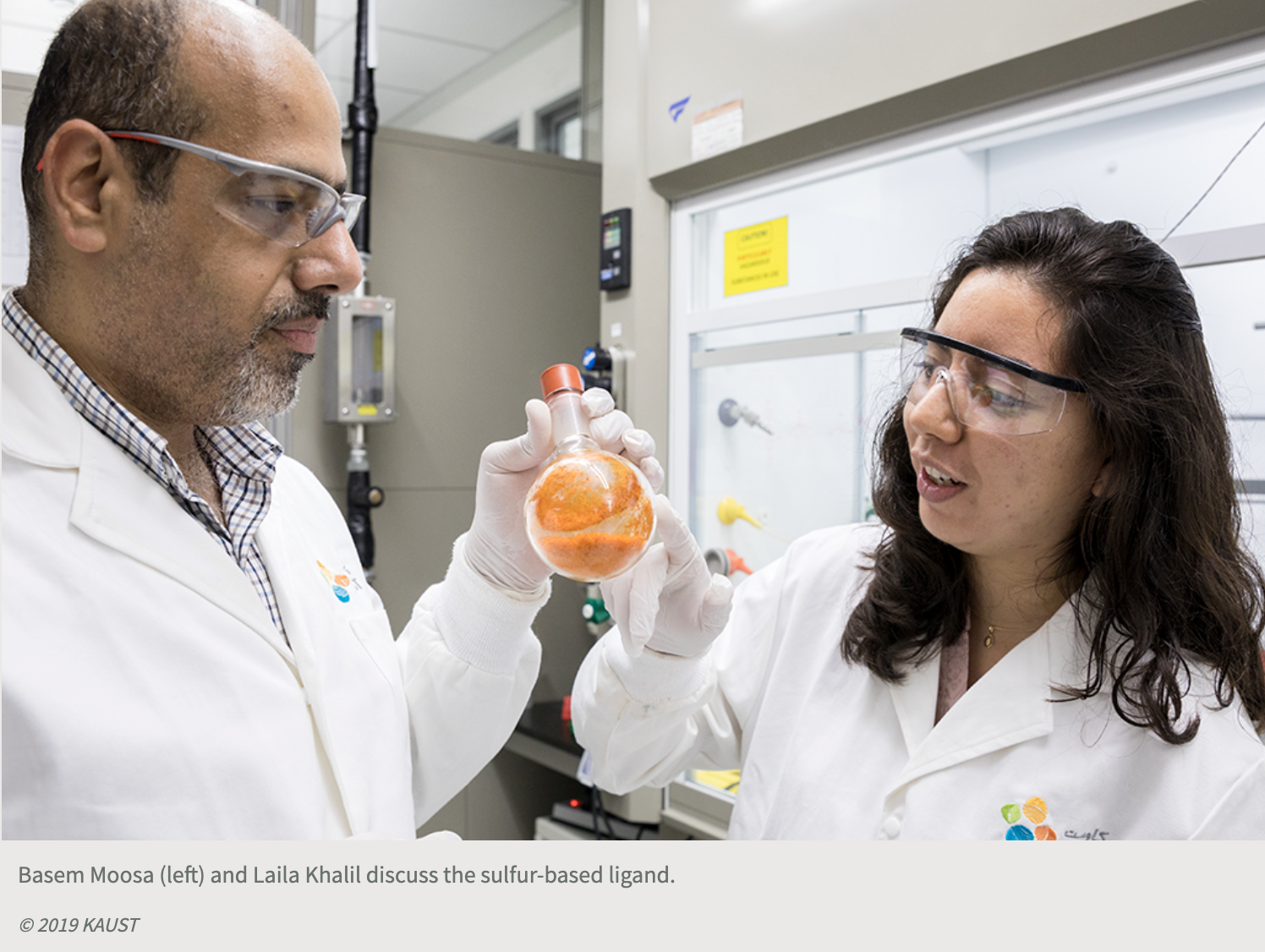


18 November, 2019
Metal nanoclusters that bear tunable surface ligands could help develop next-generation imaging and photocatalytic approaches, suggests work by KAUST researchers.
Metal nanoclusters, usually less than two nanometers in size, exhibit unique physical and chemical characteristics that are useful for a multitude of applications, ranging from catalysis and sensing to imaging and drug delivery. These properties hinge on the size and stability of the nanoclusters. Several ligands have proven effective for stabilizing the nanoclusters and tuning their properties according to specific uses. However, these size-dependent properties remain difficult to harness.

Silver nanoclusters tend to have low stability. Although some of these nanoclusters remain stable over a few days, most disintegrate within minutes, explains Ph.D. student Laila Khalil. This demise highlights the need for stabilizing ligands that can also improve the optical properties of these nanoclusters.
Now, a team led by Niveen Khashab has devised a way to increase stability. They developed sulfur-based ligands with a large cyclic functional group called a pillararene. These ligands can simultaneously stabilize silver nanoclusters. They feature a cylindrical cavity that can accommodate small molecules, or guests, and selectively bind to these guests through noncovalent interactions.